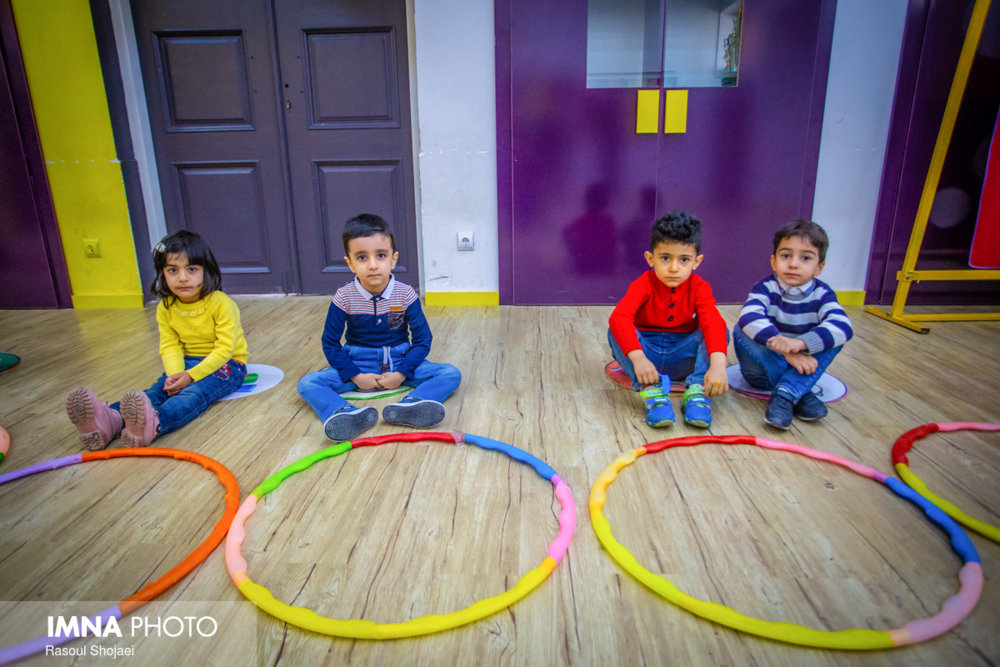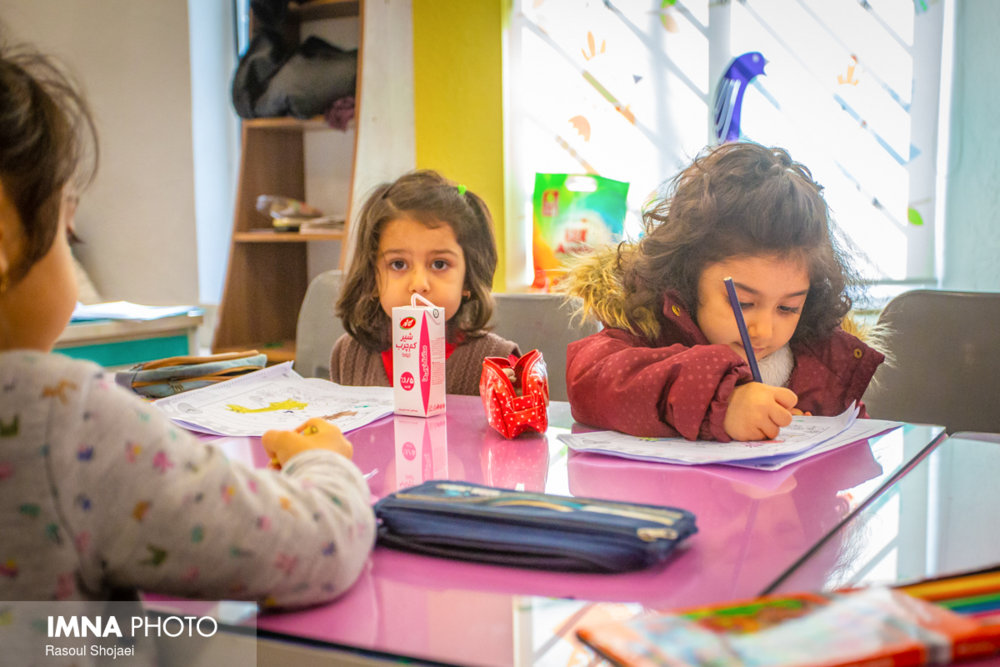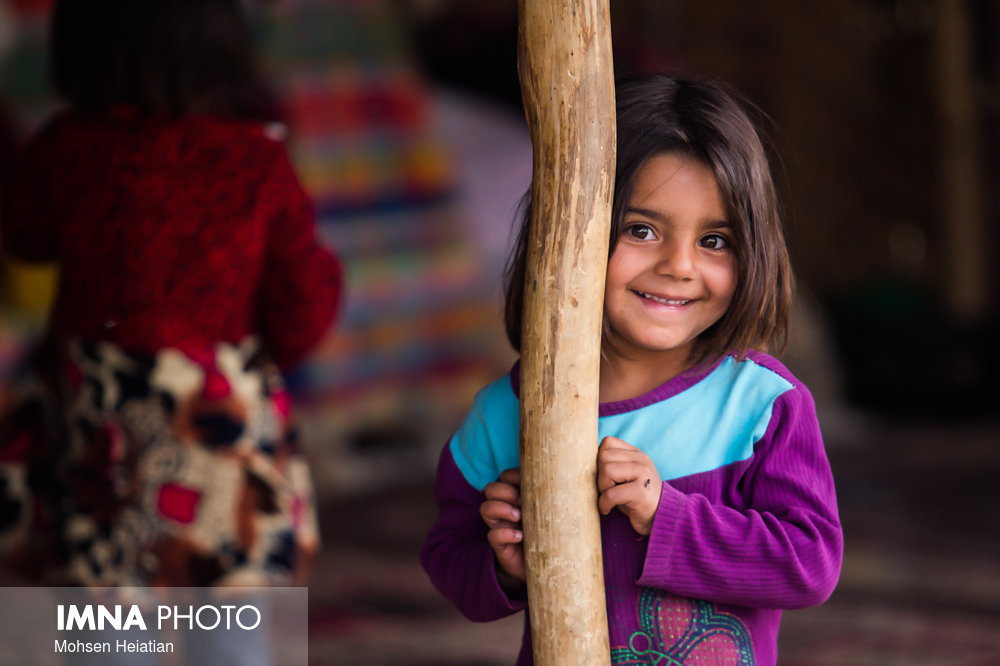Iran (IMNA) - Taking place annually on November 20th, this significant date commemorates the adoption of the United Nations Declaration of the Rights of the Child in 1959. On this momentous occasion, the UN leads global efforts in organizing events, campaigns, and initiatives to promote children's rights, ensure access to education and healthcare, and safeguard them against exploitation and abuse.
In Iran, the annual celebration of National Children's Day has reached its 30th year. During a meeting with representatives from the Ministry of Education, Welfare, the Center for Intellectual Development of Children and Adolescents, and other relevant institutions, it was decided that the date of 8th of October would be designated as the official National Children's Day. Subsequently, with the approval of Iran's Public Culture Council, this day was officially added to the country's calendar. Since 1993, the Center for Intellectual Development of Children and Adolescents has been entrusted with the secretariat responsibilities for National Children's Week.

Iran's National Children's Week is scheduled to take place from October 8th to October 13th. Each day during this week has a specific theme dedicated to children's well-being and development.
- On Saturday, October 7th, the focus will be on children, peace, security, and the environment.
- Sunday, October 8th, will center around children's life, health, and growth.
- Monday, October 9th, will emphasize child participation, awareness, and prosperity.
- Tuesday, October 10th, will highlight the importance of family, identity, and non-discrimination for children.
- Wednesday, October 11th, will address the values of morality, upbringing, and expediency in relation to children.
- Thursday, October 12th, will explore the role of the past, present, and future in shaping children's lives.
- Finally, Friday, October 13th, will focus on children's welfare, well-being, and equal access.
The key objectives of the programs are to raise awareness, disseminate information, and foster collaboration regarding children and adolescents. These goals will be achieved through various activities targeting adult audiences. Examples include organizing meetings with activists in the field of children and adolescents, hosting exhibitions showcasing the capabilities of child and adolescent activists, arranging gatherings specifically for children and adolescents, and recognizing cultural activists who have produced works related to children or for children.

Iranian NGOs take measures to create child-friendly cities
In a commendable effort to improve the living conditions of deprived children, Iranian non-governmental organizations (NGOs) have implemented several measures aimed at creating child-friendly cities. These initiatives are particularly significant for Afghan children who have sought refuge in Iran, ensuring that they have access to a safe and nurturing environment.
Recognizing the importance of providing suitable living conditions for children, Iranian NGOs have been working tirelessly to address the needs of marginalized and vulnerable children. By focusing on improving urban spaces and developing child-friendly infrastructure, these organizations are striving to create an inclusive environment that promotes the well-being and development of all children, regardless of their backgrounds.
One of the key initiatives undertaken by these NGOs is the establishment of safe spaces where children can play, learn, and interact with their peers. These spaces are designed to be secure and equipped with appropriate facilities, ensuring that children have access to recreational activities that contribute to their physical and cognitive development. These organizations have collaborated with local authorities and community members to revitalize public parks and playgrounds, transforming them into vibrant and child-friendly areas.

In addition to physical infrastructure, Iranian NGOs have also focused on enhancing educational opportunities for deprived children. They have set up educational centers and launched programs that aim to bridge the educational gap and empower children through quality learning experiences. These initiatives provide access to education, vocational training, and extracurricular activities, enabling children to acquire the necessary skills for a brighter future.
Furthermore, Iranian civil societies have been actively involved in advocating for the rights of children and ensuring their protection. They work closely with government agencies and other stakeholders to raise awareness about the rights of deprived children, including Afghan children, and to implement policies that safeguard their well-being. Efforts are also being made to provide psychosocial support and counseling services to children who have experienced trauma or displacement.
The measures taken by Iranian governments in creating child-friendly cities and addressing the needs of deprived children are a testament to their commitment to building a more inclusive society. By providing safe spaces, and educational opportunities, and advocating for children's rights, these organizations are working towards improving the lives of some of the most vulnerable members of society.
It is crucial that these efforts receive continued support from both local and international entities to ensure the sustainable development of child-friendly cities and the well-being of all children, irrespective of their backgrounds. The collaborative efforts of Iranian NGOs and various stakeholders serve as an inspiration for creating a brighter future for all children, where their rights are prioritized.



Your Comment